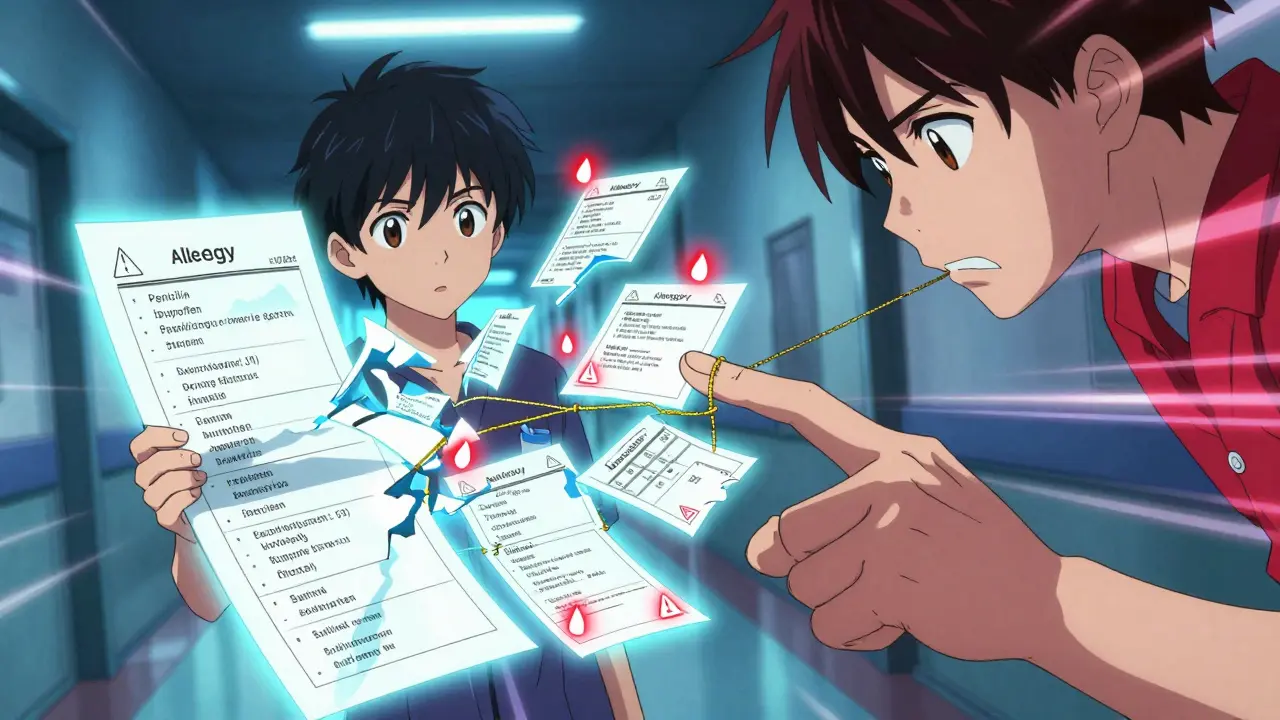COPD medication options: rescue inhalers, maintenance drugs, and what works for you
Feeling short of breath? COPD treatment is about two things: stopping flare-ups and staying comfortable day-to-day. This page breaks down common medicines, how they differ, and simple tips so you get the most from your treatment.
Common COPD medications
Short-acting bronchodilators (rescue inhalers) like albuterol open airways fast when symptoms spike. Keep one with you—use it for sudden breathlessness and before activity if your doctor recommends it.
Long-acting bronchodilators are the backbone of daily control. LABAs (long-acting beta-agonists) and LAMAs (long-acting muscarinic antagonists) relax airway muscles for 12–24 hours. People often use one or a combination inhaler to cut down symptoms and reduce flare-ups.
Inhaled corticosteroids (ICS) reduce airway inflammation. They work best with LABA or LAMA in people who still have frequent exacerbations despite bronchodilator use. ICS can lower flare-ups but may raise your risk of pneumonia—talk to your provider about the right balance.
Combination inhalers pair bronchodilators and/or steroids in one device. These simplify dosing and make it easier to stick to a plan.
Oral meds still have a role. Theophylline can help breathing for some people but needs blood-level checks because of side effects and interactions. Roflumilast (a PDE4 inhibitor) targets severe chronic bronchitis and can cut exacerbations, though it may cause stomach upset and weight loss.
During flare-ups, short courses of oral steroids (like prednisone) and, if needed, antibiotics are common. Oxygen therapy is for people with low blood oxygen—used at rest, during sleep, or with exertion as prescribed. Pulmonary rehab, vaccines (flu and pneumococcal), and quitting smoking are non-drug parts that change outcomes more than any single pill.
How to pick, use, and manage medications
Match meds to your goals: fewer flare-ups, less breathlessness, better exercise tolerance. Your doctor will use spirometry and symptoms to choose treatment. Follow-up matters—reassess every few months after changes.
Inhaler technique matters more than the brand. If you use an MDI (metered-dose inhaler), try a spacer. Dry powder inhalers need a strong, fast inhalation. Ask a nurse or pharmacist to watch your technique—small fixes often give big results.
Watch for side effects: shakiness from SABA, dry mouth from LAMA, thrush from ICS (rinse mouth after use), and drug interactions (tell your doctor all meds). Keep an action plan: know when to increase treatment, when to call your clinic, and when to go to the ER.
Cost and access: many COPD meds require a prescription. Use verified pharmacies, check patient-assistance programs, and never buy prescription drugs from unknown online sellers. Protect yourself—ask for credentials if something looks too cheap or risky.
Small steps matter: practice inhaler technique, get vaccinated, join rehab if you can, and keep a rescue inhaler within reach. Treating COPD is a team effort—talk openly with your healthcare team about what works and what doesn’t.
2025 Alternatives to Symbicort: Exploring Different Options for Asthma and COPD
Symbicort users seeking effective alternatives in 2025 have various options to consider. This article explores alternatives in detail, providing practical insights into each option's benefits and limitations. Whether you're managing asthma or COPD, discovering the right inhaler can make a significant difference. Learn about options such as Trelegy Ellipta and others. By understanding these choices, you can have informed discussions with healthcare providers about your treatment.






